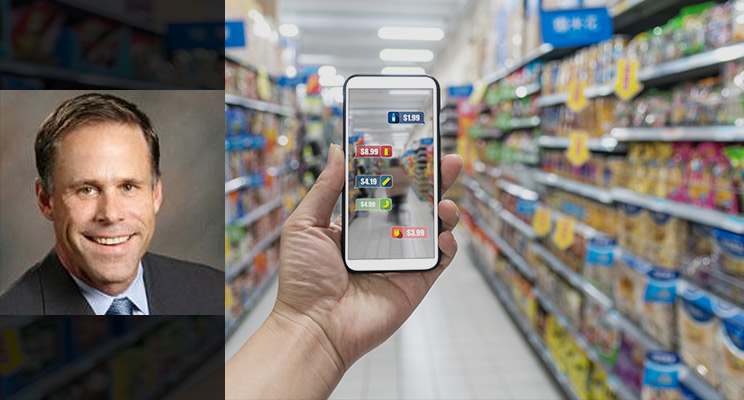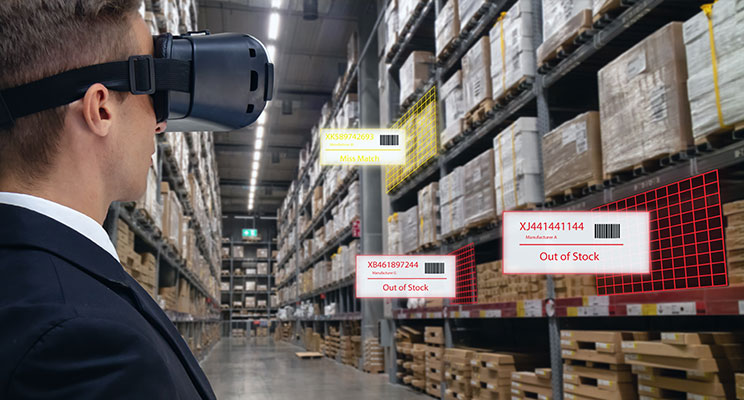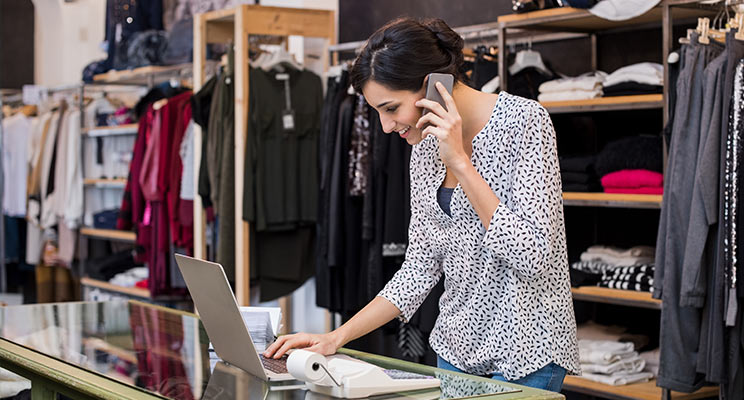Manthan caught up with five women from the retail industry to learn what’s rocking their world.
We asked Gabrielle Chou, Joan Hornig, Amy Smith, Ali Kriegsman and Lisa Collier to tell us about their latest retail initiatives and what recent changes have had the biggest impact on their customers.
GABRIELLE: Size inclusivity and diversity is a huge tidal wave for the fashion industry. Images are the key to selling online but it can no longer be done with traditional size 2 models. Customers want to have a model that looks like them wearing the clothes they are considering or even better try them virtually. Failure to be inclusive will not be tolerated by customers, look at Victoria Secret CEO resignation after the last show.
At Allure Systems, we virtualize garments and model automatically so that any model of any size or skin color can wear any clothes at any time.
The results are fashion images that are indistinguishable from traditional photography, that enable the customer to see the garment on someone that looks like her.
“Size inclusivity and diversity is a huge tidal wave for the fashion industry.”
Gabrielle Sentilhes Chou
Co-Founder, Allure Systems
 JOAN: My model of allowing the customers to choose which charity their donation supports connects the customer with philanthropy.
JOAN: My model of allowing the customers to choose which charity their donation supports connects the customer with philanthropy.
By developing a line that was more affordable in Pavé the Way, and using social media and influencers to widen the reach of our product messaging, I’ve brought the opportunity to give back through retail to a larger consumer base.
“My model of allowing the customers to choose which charity their donation supports connects the customer with philanthropy.”
Joan Hornig
Founder, Joan Hornig Jewelry
 AMY: At the end of 2018, TOMS announced the End Gun Violence Together initiative where we called on our TOMS customers to go to TOMS.com to send a postcard to your representative in Congress stating that you support Universal Background Checks.
AMY: At the end of 2018, TOMS announced the End Gun Violence Together initiative where we called on our TOMS customers to go to TOMS.com to send a postcard to your representative in Congress stating that you support Universal Background Checks.
In addition to mobilizing our customers, TOMS is also donating $5 million to organizations across the country who are fighting to end gun violence. This is the largest corporate donation ever made to this cause. The mission at TOMS has always been to use business to improve lives.
The world around us is changing and TOMS social impact is evolving as well. With this initiative, we are investing in projects and people who are creating positive change on issues that matter most. We understand the issues we face are more complex than ever and we need to work together to address them so our goal is to use our resources – funds and platform – to help bring awareness and direct support to the most pressing issues of our time.
“The world around us is changing and TOMS social impact is evolving as well.”
Amy Smith
TOMS Chief Giving Officer
 ALI: At Bulletin, we have two customers: our shoppers and our brands. This year, we launched a new platform called the Bulletin Retailer Network, wherein we help place our brands with other stockists and generate substantial wholesale orders for them.
ALI: At Bulletin, we have two customers: our shoppers and our brands. This year, we launched a new platform called the Bulletin Retailer Network, wherein we help place our brands with other stockists and generate substantial wholesale orders for them.
As a retail startup, we have been limited by the square footage in our three stores. But we noticed we had thousands of brands on our waitlist who were eager to access shelf space and get placed in stores, and wanted to find a way to help them and get them the exposure they were so hungry for. These brands are not using traditional wholesale channels to find stockists, or able to afford the high costs of a wholesale rep, trade shows, and often times, rigid wholesale order minimums. We just launched this initiative in January, but are already compiling assortments for over 20 retailers in the U.S. and beyond.
This has had a major, major impact for our brands. We vet these retailers and make sure our brand network can secure sophisticated placements, and we are finally able to tap into our growing waitlist and give these brands the shelf space they need to grow and learn about product performance in brick-and-mortar stores.
We see the Retailer Network as a huge initiative and new revenue channel but Bulletin and our brands, and a really remarkable way for stores to access unique supply – product they can’t really find or source anywhere else.
“We launched a new platform called the Bulletin Retailer Network, wherein we help place our brands with other stockists and generate substantial wholesale orders for them.”
Ali Kriegsman
Co-Founder & COO at Bulletin
 LISA: Without a doubt, it’s been to take back control our site. In June 2018, we relaunched our site with Salesforce to service our consumer more effectively. The site has allowed us to deliver personalized messaging, react quicker to insights and customer feedback, as well provide an easy yet informative shopping experience.
LISA: Without a doubt, it’s been to take back control our site. In June 2018, we relaunched our site with Salesforce to service our consumer more effectively. The site has allowed us to deliver personalized messaging, react quicker to insights and customer feedback, as well provide an easy yet informative shopping experience.
To date, we’ve seen strong growth in revenue, overall conversion, time on site as well as more demand and traffic. We have a loyal consumer and are finding our way to new consumers who feel underserved through our new platform.
“Taking back control of our site… The site has allowed us to deliver personalized messaging, and react quicker to insights and customer feedback.”
Lisa Collier
President/Chief Executive Officer
NYDJ































